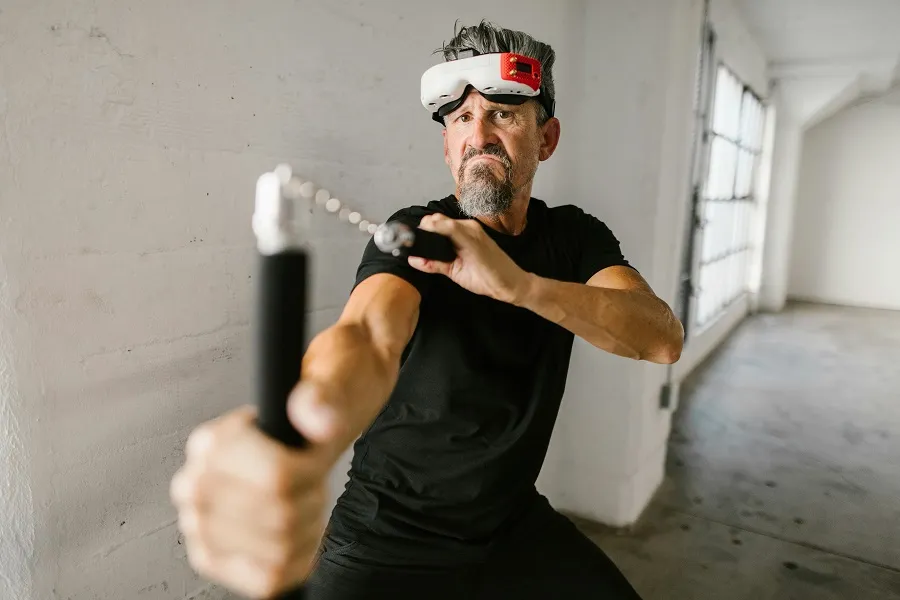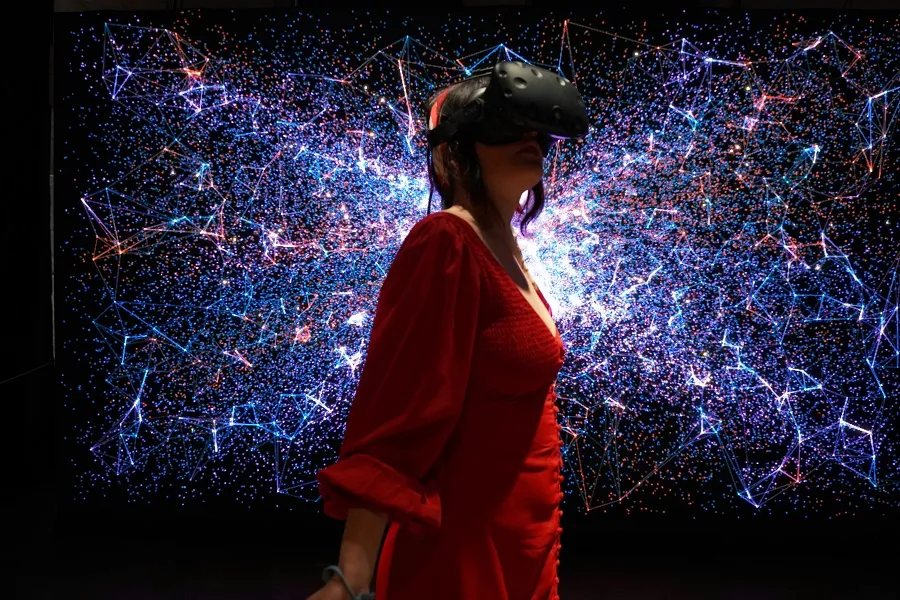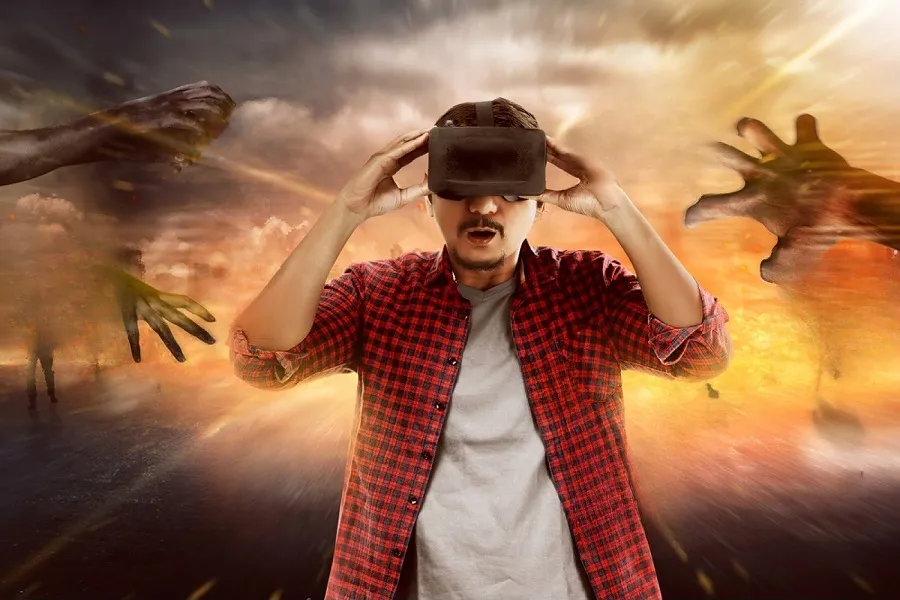You will always need the best graphics card for VR to enjoy this tech to its core. They generate the 3D environment of VR and are responsible for rendering high resolution graphics and smooth gameplay.
A powerful graphics card for Steam VR with large vRAM and latest architecture is important for satisfying the needs of modern VR headsets. Approximately 90% of the processing in VR is handled by the graphics card to produce realistic graphics, low latency and high refresh rates.
With increasing utilization of VR in gaming, design, filmmaking and more, it is necessary to choose external graphics card for VR that can support the latest VR titles and workloads. In this blog, we list some of the top best graphics card for VR Oculus Quest 3 that will ensure a great VR experience in 2024.

Top Best Graphics Card for VR Gaming, Rendering, and More
There are many powerful graphics cards for VR rendering available in today’s market. Each of them is well suited for powering virtual reality. These GPUs have advanced architectures and large frame buffers. This allows them to handle the complex 3D graphic, high resolutions to watch the best VR movies and fast refresh rates.
Approximately 90% of VR processing is reliant on the capabilities of the graphics card for PC VR. Below are some of the top performers based on specifications and benchmarks that make them highly capable of all types of VR tasks like multiplayer gaming, 3D modeling, VR content creation and more.
After analyzing hundreds of recently released best GPU and CPU for VR, we selected a few that rose to the top in terms of specs, performance and value.
1. VIPERA NVIDIA GeForce RTX 4090 Founders Edition Graphic Card
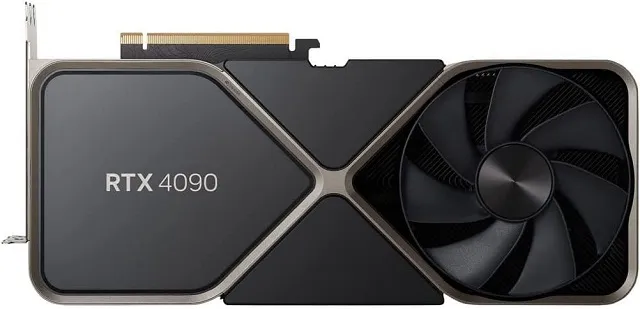
The new VIPERA GeForce RTX 4090 is undoubtedly one of the most powerful GPU needed for VR that has been introduced for PC VR Headsets. Featuring an immense 16,384 NVIDIA CUDA cores, this GPU offers an incredible leap in both performance and efficiency compared to previous generations.
It supports resolutions up to 8K along with Variable Refresh Rate making VR visuals clearer and smoother than ever. With technologies like DLSS 3.0 and 3rd generation RT cores, VR games and simulations can run with ray tracing and AI-powered enhancements offering unreal levels of realism.
If you are searching for the best GPU for VR gaming 2024 then you can consider buying it. It fits the need of GPU for VRChat and other similar games very perfectly. With thousands of users around the world, this GPU for VR is what you need to buy right now.
| Pros | Cons |
| Enormous processing power | Generates significant heat |
| Superb 8K HDR support | |
| Huge VRAM for VR workloads | |
| Impressive AI acceleration | |
| Great thermal solution |
2. ZOTAC Gaming GeForce RTX 4070 Ti Super Trinity Black Edition
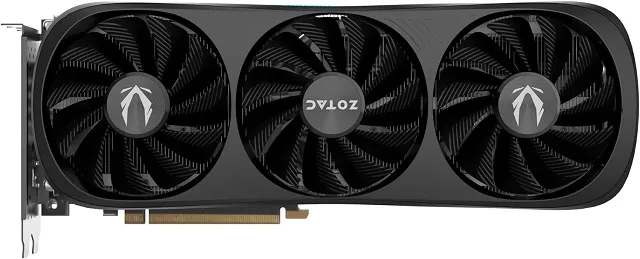
This graphics card is one of the best graphics cards for smooth and lag-free VR gameplay. It is powered by the NVIDIA Ada Lovelace architecture with full ray tracing and DLSS 3 support. We were impressed with the clock speed of 2610 MHz and 16GB of GDDR6X memory running at 21Gbps on a 256-bit bus which allows smooth rendering even in demanding VR titles.
With a boost clock of 2610 MHz, it has approximately 40% higher boost clock compared to previous generation RTX 4070 cards. The massive cooling system keeps temperatures well under control even during long gaming sessions. The 80W lower TGP and new 12VHPWR connector makes it very efficient.
| Pros | Cons |
| 40% higher clock speed than previous gen | Slightly loud fans under full load |
| Massive 16GB GDDR6X memory | Requires high-power 750W PSU |
| Ultra-efficient cooling | |
| Fans automatically stop when cooler | |
| Comes with premium metal backplat |
3. Sapphire Radeon RX 7900 XT Gaming Graphics Card
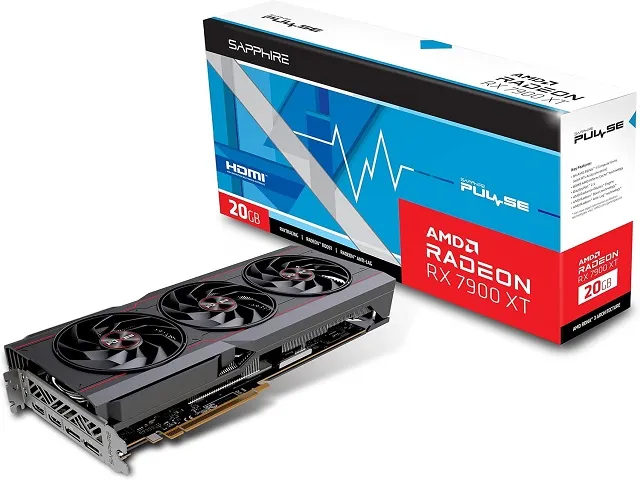
The Sapphire Radeon RX 7900 XT Gaming Graphics Card is a powerful GPU well-suited for high-fidelity VR gaming. It has a Boost Clock up to 2450MHz and Game Clock up to 2075MHz, making it 44% faster than previous generation cards.
The 20GB of ultra-fast GDDR6 memory at 20Gbps provides enough bandwidth for complex 3D environments and textures. Its dual axial fan design with Angular Velocity Fan Blades provides 19% more airflow while running quieter than competing cards.
It uses an optimized heatpipe system to efficiently spread heat across its large heatsink, keeping temperatures stable for sustained gaming sessions. The 20-phase power delivery with low-noise Conductive Polymer Aluminum Capacitors guarantees a reliable supply.
| Pros | Cons |
| Boost up to 2450MHz for smooth VR | Large size may not fit small cases |
| Optimized heat dissipation keeps cool | |
| 20GB memory for demanding games | |
| Dual-axial fan runs quiet | |
| Drives latest VR headsets easily |
4. Sapphire AMD Radeon RX 7800 XT Gaming Graphics Card

If you are searching for graphics card for flight simulator VR, then you can get it. It comes with AMD’s latest RDNA3 architecture equipped with advanced technologies. Enjoy technologies like hardware accelerated ray tracing, which delivers incredible levels of realism in VR.
The redesigned cooling system with angular velocity fan blades provides up to 44% more downward airflow for silent yet effective heat dissipation during long VR sessions. We are impressed with its powerful clock speeds and 16GB large video memory for seamless handling of VR rendering and multi-tasking.
The intelligent temperature control ensures all components steadily perform at peak without throttling. AMD’s latest chiplet technology allows enhanced performance at lower power consumption over earlier generations.
| Pros | Cons |
| Amazing cooling design | Lower specs than top GPUs |
| Impressive RDNA3 features | |
| Hefty 16GB vRAM | |
| Balanced performance | |
| Reasonable price tag |
5. GALAX GeForce RTX™ 4070 Gaming Graphics Card
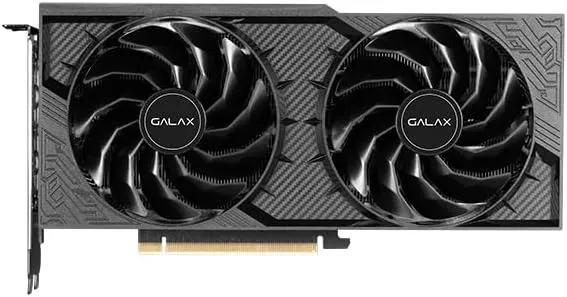
We were very impressed with the GALAX GeForce RTXTM 4070 graphics card after looking at its specifications. Equipped with the powerful NVIDIA Ada Lovelace architecture and supporting ray tracing, this card is well-suited for high-end VR gaming.
It packs 5888 CUDA cores and 12GB of ultra-fast 21Gbps GDDR6X memory. Using the Xtreme Tuner Plus software, users can easily overclock the card to reach a boosted clock speed of 2490MHz, which is around 12% higher than the standard speed.
This significant increase in clock speed results in better performance. Its compact dual fan design keeps temperatures low while staying very quiet. The fans automatically stop when the card is idling, making it suitable for extended gaming sessions.
| Pros | Cons |
| Powerful CUDA cores and fast memory | More expensive than some other 4070 options |
| Cool and quiet even during intensive use | |
| Lightweight dual fan cooler for easy installation | |
| Fan stop at idle reduces noise levels | |
| Simple one-click overclocking software |
6. PowerColor Fighter AMD Radeon RX 7800 XT Graphics Card
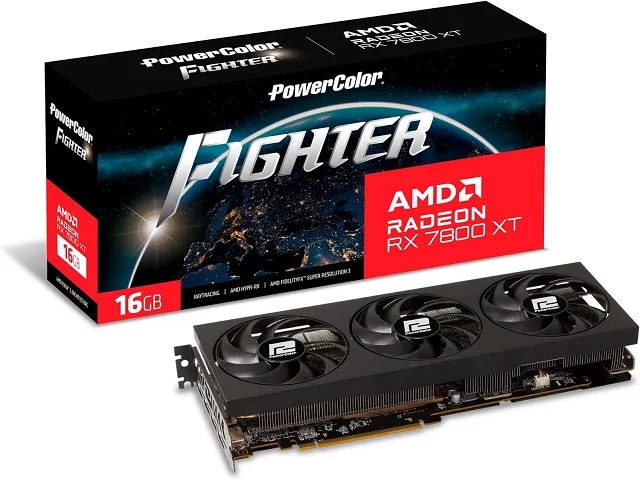
The PowerColor Fighter Radeon RX 7800 graphics card offers exceptional VR performance for its price. It has 3840 stream processors that work together to generate highly detailed worlds. With a Game Clock of 2169 MHz and Boost Clock of 2475 MHz, virtual environments run super smooth.
Its 16GB of GDDR6 memory runs at a fast 19.5Gbps and provides enough bandwidth for demanding VR titles. Dual ball bearing fans keep the card 3 degrees Celcius cooler than before. This intelligent fan uses a unique 9-blade design and remains silent during light gaming.
A direct contact copper base and vapor chamber cooling transfers heat efficiently away from the GPU and VRAM. Together with a rigid backplate, this provides durability and reliability. Early benchmarks show it outperforming competitors in top VR games while staying within budget.
| Pros | Cons |
| Cooler and quieter card design | Very new tech could have issues |
| 16GB memory for VR games | 4070 not flagship GPU level |
| Low profile fits many PC cases | |
| Efficient cooling keeps components cool | |
| Good performance at value price |
7. XFX Speedster AMD Radeon RX 7900XTX Graphics Card

We feel the XFX Speedster AMD Radeon RX 7900XTX graphics card would be a top choice for those who want a powerful GPU for a smooth VR experience. It is based on AMD’s new RDNA 3 architecture that delivers excellent 4K graphics quality and frame rates.
Featuring 24GB of GDDR6 memory and a very high boost clock of 2615MHz, it can handle all the latest demanding VR titles with maximum graphics settings. The massive memory is around 33% more than most other high-end cards, ensuring there is no stuttering.
Its triple fan MERC cooling solution keeps temperatures in control, even after prolonged use. The high clock speed and powerful graphics processor can output frames at refresh rates above 90Hz for truly immersive experiences.
| Pros | Cons |
| Huge 24GB ultra-fast memory | Power supply needs upgrade for some |
| Over 33% more VRAM than rivals | |
| Stylish design with RGB | |
| Powerful triple fan cooling | |
| Drives high-refresh VR smoothly |
Buying Guide: Best GPU for VR 2024
There are several factors to consider when selecting your next VR ready laptop or PC with graphics card. With the wide range of options available in today’s market, it’s important to choose a GPU carefully based on your specific needs and system configuration.
Approximately 90% of what you see in virtual reality environments is powered by the graphics card. Before making a purchase, one must take into account a few key elements that influence the overall VR experience.
Performance Offered
Performance is one of the most crucial factors when choosing your graphics card for Assetto Corsa VR. Aim to get a GPU that can render high resolutions like 2K/4K at over 90 frames per second for a smooth experience.
On average, around 10-20% better performance over the minimum requirements is recommended. Flagship GPUs with high Teraflop ratings of 16+ TF or 1000+ on 3DMark tests will allow playing most current and future VR games without compromising on quality.
Total Available Memory
The total video memory or VRAM available on the graphics card determines how large and complex the VR scenes can be before the performance starts degrading.
For seamless VR, 8GB or more VRAM is best which can load multiple virtual displays easily. Insufficient VRAM can cause stuttering in VR even on lightweight tasks.
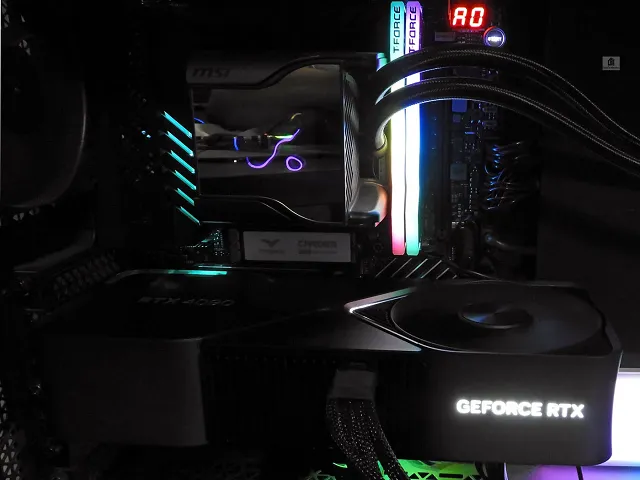
Always Check Compatibility
Make sure to verify physical and system compatibility before settling on a minimum graphics card for VR gaming. Physically, it should fit inside your PC case and not obstruct other components. Ensure it is compatible with the open world VR games or any other games you are going to play with it.
For system compatibility, confirm the GPU works well with your CPU architecture, motherboard slot type and has the latest drivers. Compatibility issues can negate an otherwise powerful GPU.
Don’t Forget Cooling Solutions
Higher powered VR graphics cards tend to generate lots of heat during long gaming sessions. An AMD GPU for VR with effective cooling like dual or triple fans can maintain thermal and performance stability for a comfortable VR experience.
You won’t really find many great options when it comes to laptop graphics card for VR, but you can always go with the PC editions as they can be upgraded anytime.
Final Words
We hope this information helps you choose the best budget graphics card for VR sim racing, rendering, and for an immersive virtual reality experience. With continuous improvements in VR hardware and software, virtual worlds will become even more realistic in the near future.
It is important to pick a powerful device to fulfill the GPU requirements for VR. Ensure the device can handle the next 2-3 years of upcoming VR titles and workloads as well. Always do thorough research on the web while comparing specs and benchmark scores before making your purchase.
Feel free to browse through 5thScape Blog for other useful tech guides and VR content. We will be updating this page regularly with the latest and cheapest graphics card for VR recommendations. Do stay connected with us as VR advancements continue at a rapid pace.



